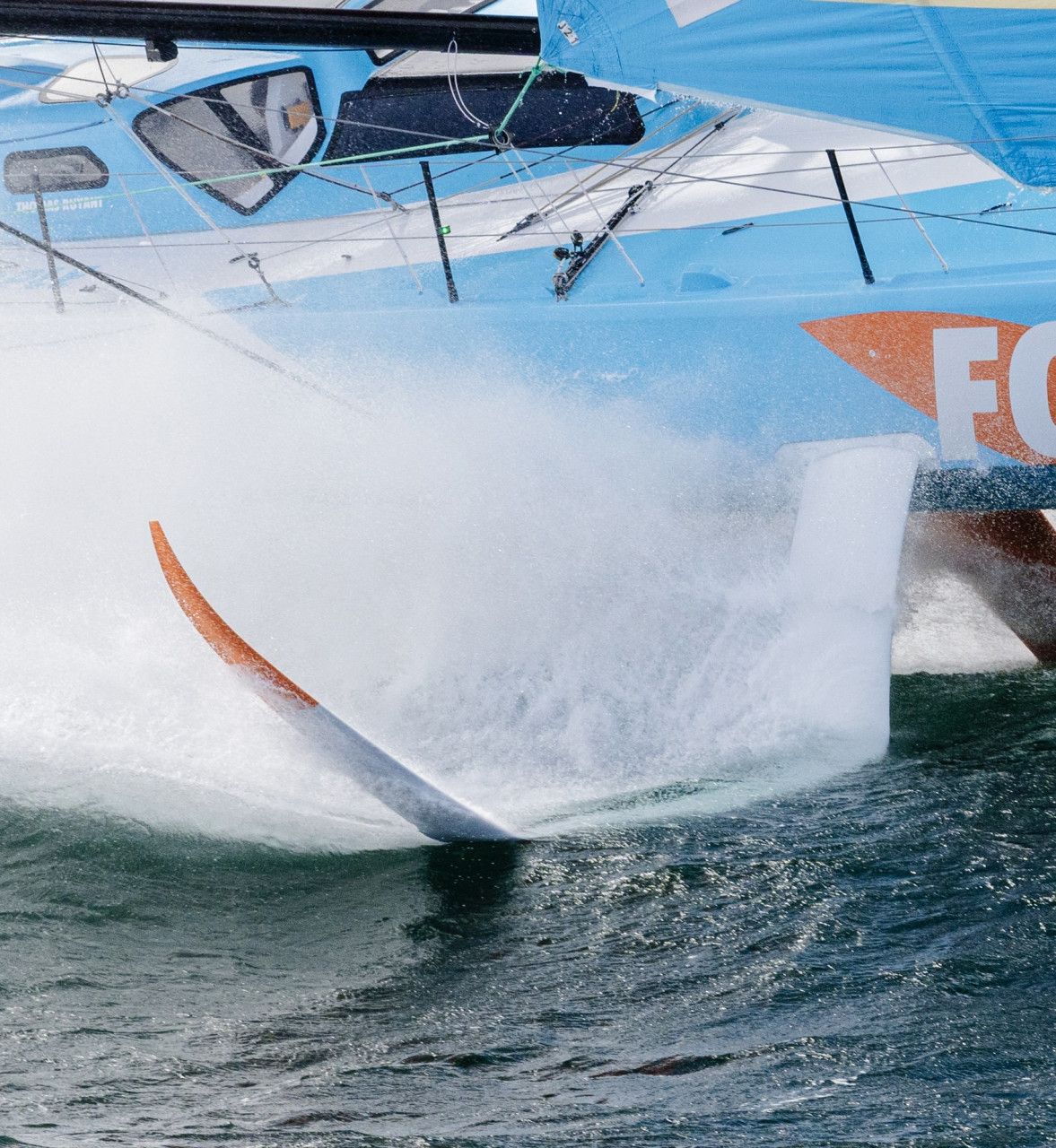

IMOCA monohulls, built from composite materials, are designed to be as light as possible to maximise speed while being robust enough to withstand the extreme conditions of the high seas, such as those encountered during the Vendée Globe. These 60-foot boats, which made their debut in the 1986 edition of the BOC Challenge, measure 18.28 metres (60 feet) and were notable for their reasonable size at the time. From the beginning, these monohulls featured characteristics suited to the downwind conditions of the Southern Ocean, with a wide beam and significant waterline length.
The safety requirements imposed by the IMOCA Class are crucial for these monohulls' success. Since 2000, boats must demonstrate before the race starts that they can right themselves without external assistance and ensure effective internal compartmentalisation and sufficient buoyancy in case of capsize or water ingress. These stringent safety standards significantly contribute to the reliability and performance of IMOCA monohulls in the most demanding maritime challenges.
Over the years, technical advancements have been significant. In 1998, the introduction of canting keels increased righting moments, and the rise of computing revolutionised weather forecasting and communication management. Autopilots have become increasingly sophisticated, facilitating solo navigation. Hulls and sail plans have evolved: boats have gained power with wider sterns and improved upwind performance. Cockpits have also improved, becoming more protected, with some equipped with sliding roof covers to secure the manoeuvring area.
In the mid-2000s, a new revolution occurred with the introduction of foils on America's Cup multihulls, quickly entering the world of IMOCA monohulls. These wing-like appendages, shaped like Dali's moustaches, allow boats to "foil," or lift off the water, reducing drag and significantly improving speed. In 2016, six foilers participated in the Vendée Globe; four years later, their number had increased to 19. Since then, the IMOCA Class has expanded the gauge concerning foils, offering more freedom of movement (up and down, forward and backward), stimulating architects' creativity.
The IMOCA Class has recently strengthened its environmental commitment by introducing new dimensions in its gauge. Among the main measures are reducing the environmental impact of new boats, encouraging the use of alternative materials for non-structural parts of the boat, banning non-recyclable and harmful materials, and requiring an eco-designed sail among the seven on board. These initiatives aim to minimise the ecological impact of races and promote more environmentally friendly ocean sailing.


